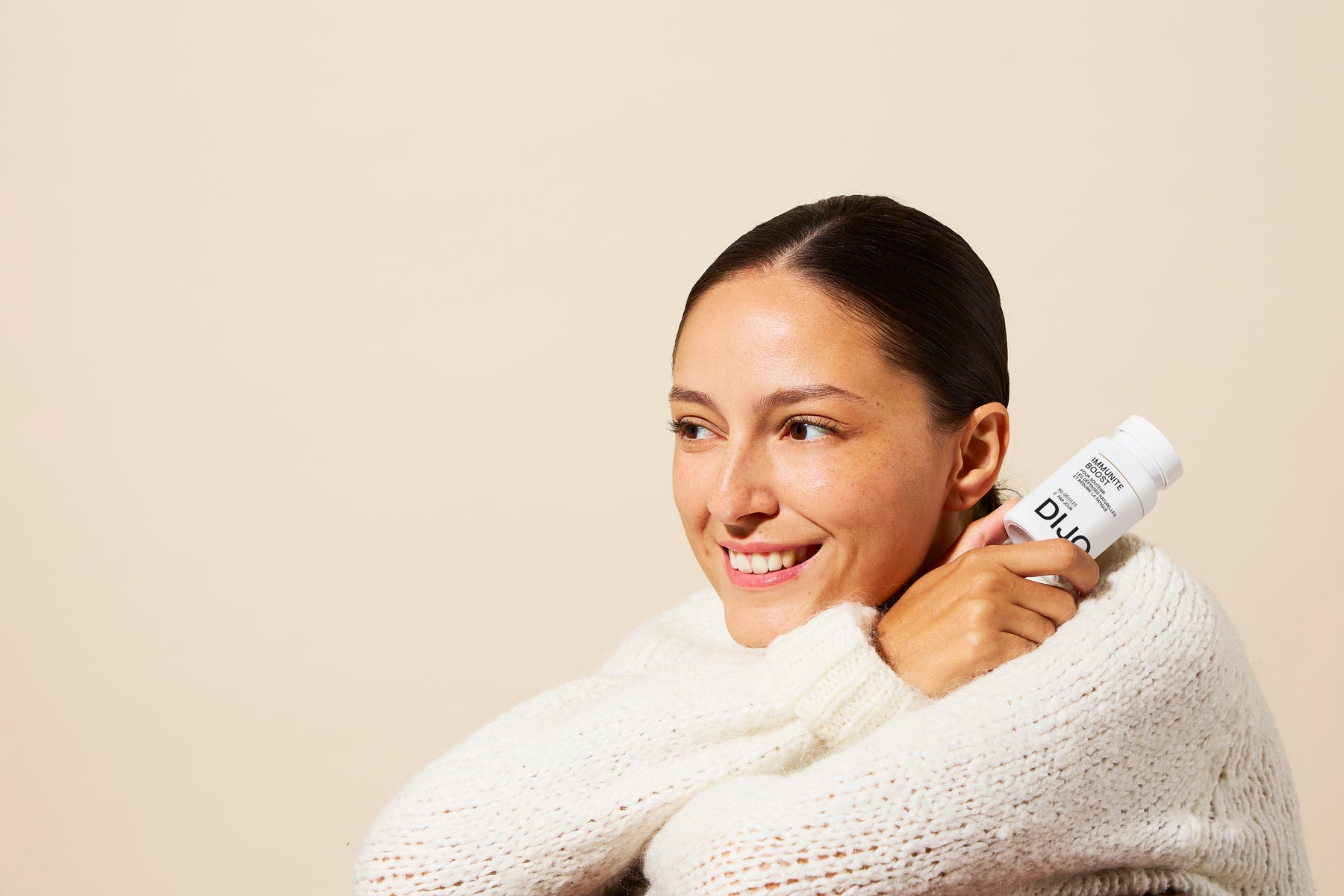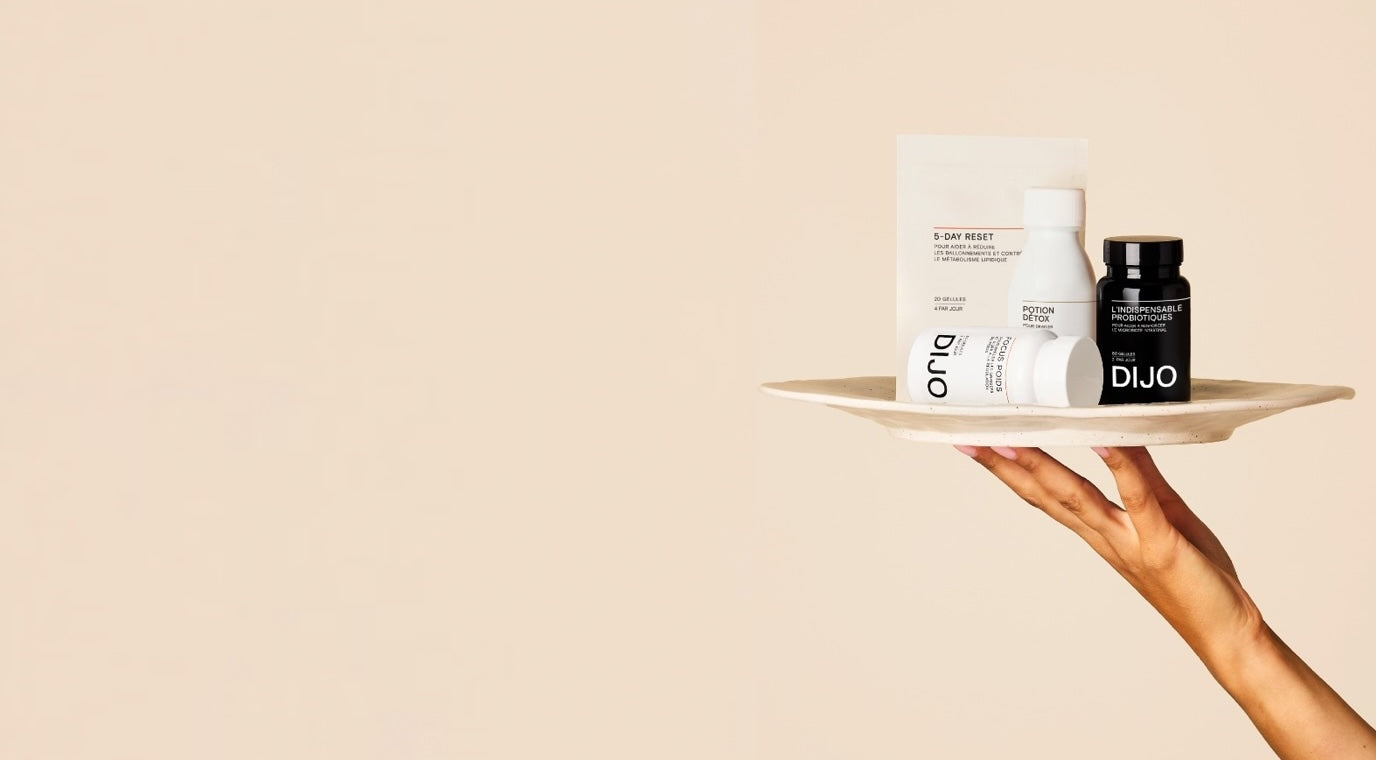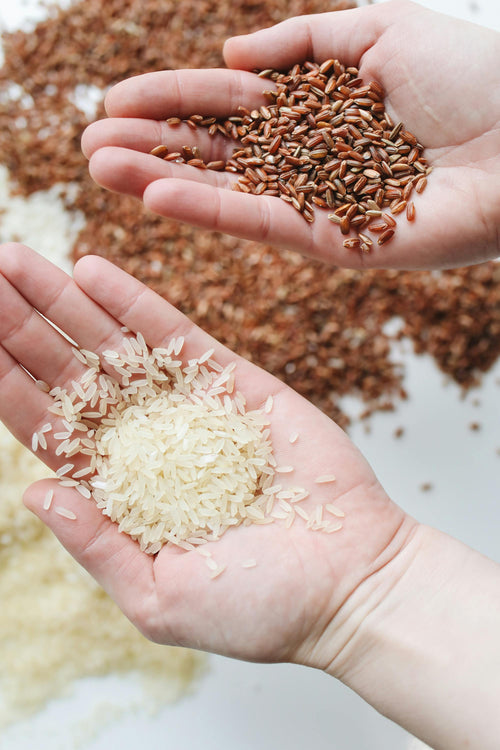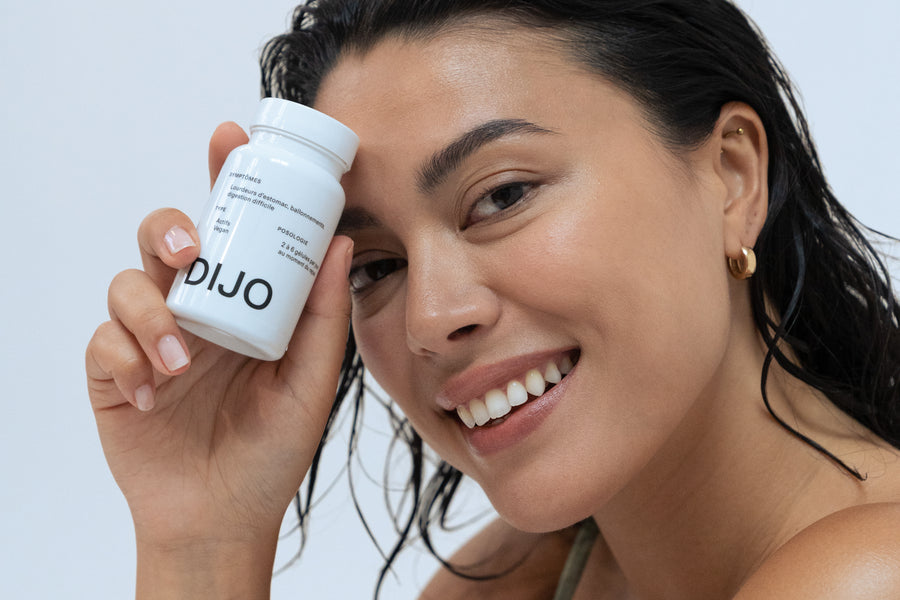To know which probiotics to choose , 3 quality criteria must be taken into account: the number of strains , the number of CFU (colony forming unit) , and the freshness ! We'll explain all this to you in more detail.
Criterion 1: The number of strains and the association of strains with each other
The presence of several different strains makes it possible to optimize the synergies and the action of each species in the intestinal microbiota , for greater effectiveness.
The probiotic family is vast and each of its members contributes in its own way to maintaining good health. There are multiple strains of probiotics and each of them has its own characteristics and effectiveness. For example, certain probiotic strains prove to be very effective in regulating intestinal transit when it is accelerated or slowed down, still others participate in strengthening our immune defenses, on the other hand others are active in the treatment and/or prevention of vaginitis and cystitis . What has been scientifically validated for one of these strains cannot under any circumstances be extrapolated to another. It is therefore essential to identify each probiotic very precisely so as not to confuse them.
Our Essential Probiotics Cure is composed of 8 strains, that is to say 8 species of bacteria belonging to 2 large families: lactobacilli and Bifidobacteria, two species of bacteria which contribute to the richness and balance of the intestinal microbiota:
- Bifidobacteria : These bacteria are capable of crossing the stomach barrier by resisting acidity. They prevent the growth of pathogenic bacteria, stimulate the production of antibodies and allow the synthesis of water-soluble vitamins (B1, B2, B6, B12) at the intestinal level (recommended specifically for inflammation of the colon, immune defenses, constipation, diarrhea, etc.)
- Lactobacilli: Lactobacilli inhibit most pathogenic germs and provide protection against infections. To do this, these good bacteria form a physical barrier that prevents germs from proliferating.
Our cure Probiotic vaginal flora contains 3 strains of Lactobacillus: Lactobacillus rhamnosus, Lactobacillus reuteri, Lactobacillus crispatus.
- Lactobacillus rhamnosus + reuteri : recognized effectiveness of this combination against Candida albicans mycoses and vaginitis.
- Lactobacillus crispatus : strain most frequently found (48%) in the normal vaginal ecosystem and which disappears in cases of bacterial vaginosis.
Criterion 2: The number of CFU (Colony Forming Unit)
The number of CFU corresponds to the number of germs present in a capsule . The more CFU there are, the greater the chances that a sufficient number of bacteria will arrive alive in the intestine. During their journey through the digestive system, certain micro-organisms do not survive, in particular because of acidity. This is why a high concentration of bacteria optimizes the effectiveness of a probiotic treatment.
Our L’Indispensable probiotics cure contains 14 billion CFU and our Vaginal Flora probiotics cure contains 10 billion CFUs (compared to 5 to 8 billion on average).
Criterion 3: Freshness
Probiotics are living microorganisms and therefore are fragile. The production date is very important. 6 months after their production, probiotics are more sensitive, particularly to temperature variations and some of the living germs risk dying before their consumption.
At DIJO, we have redesigned the entire production chain to guarantee the freshness and effectiveness of our products by reducing the number of intermediaries as much as possible. All our products are developed and manufactured in France in Maine et Loire.
You now know which probiotics to choose and the selection criteria so as not to make a mistake. Now let us teach you more about how probiotics are made.
How are DIJO probiotics made?
The manufacturing of our probiotics takes place in several stages: conservation of the strains, preparation of the inoculum, pre-fermentation, ultra-filtration, freeze-drying, grinding and packaging.
- Conservation of strains: It all starts with a few bacteria from a cell bank stored at -80°C to guarantee genetic stability for a long period. Several quality controls are carried out to detect contamination and verify the biochemical characterization of each strain.
- Preparation of the inoculum: The inoculum is gradually introduced into a suitable culture medium rich in nutrients. The bacteria become active and begin to multiply.
- Pre-fermentation and fermentation: Once its quality and purity have been verified, the inoculum is transferred under sterile conditions to a pre-fermenter where the growth conditions are constantly monitored (pH, temperature, pressure). After the control, the culture is transferred to the industrial fermenter
- Ultra-filtration: The live bacteria are then separated from the culture medium by centrifugation or ultra-filtration. About 75% of the water is removed at this stage, increasing the concentration of live bacteria 50 to 100 times more. The bacteria are then mixed with a suitable cryoprotective formula to help them survive during freeze-drying.
- Lyophilization: The bacteria are exposed to a very low temperature and the remaining water is eliminated by sublimation under low pressure (sublimation is the transition from the solid state to the gas phase without going through the liquid state). The bacteria form a solid “cake”, containing 2 to 4% water.
- Grinding: The solid “cake” is crushed to obtain a fine and homogeneous powder, then mixed to obtain the desired formulation. In this bacteria powder, each grain can contain up to 1 billion bacteria.
- Packaging: Crucial step to ensure the survival of bacteria, in vegetable capsules, GMO-free and vegan.
Which probiotics to choose according to your needs?
Whether you are a child , young adult, senior, pregnant or breastfeeding woman , we are all concerned by taking probiotics . When consumed in adequate quantities, they can provide many health benefits. Indeed, various factors linked to our modern lifestyle, such as ultra-processed food, pollution, medications, stress , tobacco and alcohol, can lead to an imbalance in our intestinal microbiota. And that’s where Essential Probiotics comes in! It helps rebalance your intestinal microbiota by reintroducing good bacteria into your intestines. Taking a course of natural probiotics also helps avoid digestive disorders associated with pregnancy by ensuring better functioning of the intestines, which avoids a source of fatigue and additional stress for the mother-to-be. Certain strains of probiotics also have benefits for gynecological infections. It is in this sense that we created Flora vaginale probiotics which contains 3 specialized strains to strengthen your vaginal microbiota. As a treatment, this product notably relieves recurring cystitis and/or mycosis and must be renewed for each vaginal or urinary infection. For your baby or child, we have also designed Children's Probiotics which aim to strengthen the microbiota of children aged 0 to 18, a pivotal age for its constitution.
But you don't have to wait until you suffer from digestive problems to start a course of natural probiotics. Even if you are healthy, it is still important to take care of your stomach . Indeed, taking a course of probiotics can be a good way to prevent the occurrence of digestive discomfort, but not only that! A healthy stomach also has an impact on vitality, morale, the beauty of the skin , hair, nails and many others .























